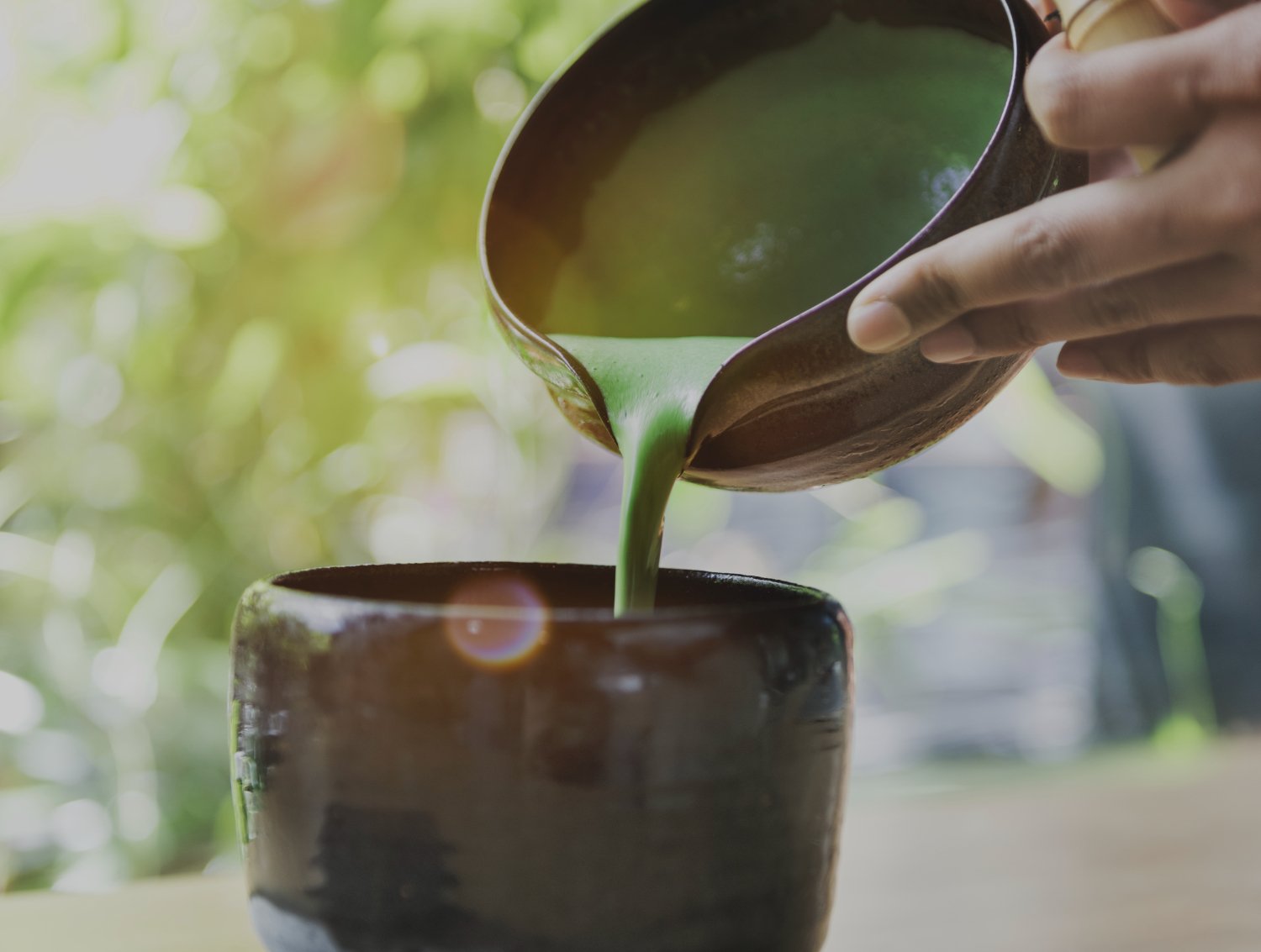Miracle fruit, scientifically known as Synsepalum dulcificum, is a berry native to West Africa that possesses the unique ability to transform sour and acidic flavors into a sweet taste due to a compound called miraculin.
This intriguing fruit can be especially advantageous for individuals managing diabetes or those undergoing chemotherapy treatments, as it allows them to enjoy foods without the need for added sugars.
If you're curious about how miracle fruit can enhance your culinary experience, this post will explore its benefits, potential side effects, and practical uses in your diet.
We'll also discuss its effectiveness and any precautions you should consider before incorporating it into your meals.
Uses & Effectiveness
Miracle fruit may transform your taste perception, making sour foods taste sweet due to a compound called miraculin. After consuming miracle fruit, taste alterations may last from about 30 minutes to two hours, allowing lemons to taste like candy and vinegar to seem like sweet syrup.
It may be particularly useful for those with diabetes or individuals looking to reduce sugar intake, as it allows enjoyment of flavorful foods without added sugars.
Additionally, it may help improve appetite for those undergoing chemotherapy by making less appealing foods more palatable.
Side Effects
While miracle fruit is generally considered safe, some individuals may experience mild side effects, including gastrointestinal discomfort such as bloating, gas, or stomach cramps, particularly if they're sensitive to certain fruits.
In rare cases, an allergic reaction may occur, which could include symptoms like itching, swelling, or difficulty breathing. If any of these symptoms arise, it's important to seek medical attention immediately.
Additionally, miracle fruit may cause a temporary alteration in taste perception, making sour foods taste sweet for a few hours. While this can be an enjoyable experience, it may not be suitable for everyone, especially if they expect foods to taste a certain way.
Precautions and Warnings
Before trying miracle fruit, consult with a healthcare professional, especially if you have allergies, existing health conditions, or are pregnant, breastfeeding, or planning to use it for children. Its safety in these situations isn't well-researched.
Miracle fruit may interact with medications that affect blood sugar levels. If you're diabetic or on chronic condition medication, discuss your plans with your doctor to understand potential risks.
If you have a history of gastrointestinal issues, be cautious, as the fruit may cause discomfort or upset stomach. Start with a small amount to assess your body's reaction before consuming more.
Always purchase miracle fruit from reputable sources to ensure safety and quality. Taking these precautions may help you enjoy the benefits of miracle fruit while minimizing health risks.
Dosing
When dosing miracle fruit, a single berry may be sufficient to experience its flavor-altering effects, as it contains the compound miraculin. Overconsumption may lead to gastrointestinal discomfort or other mild side effects.
You can consume miracle fruit as fresh berries, tablets, or powders. If using fresh berries, starting with one or two may be advisable. For tablets or powders, follow the recommended serving size on the packaging, which typically ranges from 1-2 grams.
It's important to gauge your body's response and tolerance. After trying a small dose, you may gradually increase it if comfortable, while monitoring how your body reacts.
If using miracle fruit for specific health benefits, consulting with a healthcare professional may help determine the best approach for your needs.
–
What Does Miracle Fruit Taste Like?
Miracle fruit may taste sweet with a berry-like flavor, reminiscent of a combination of strawberries and lychee.
The fruit has a soft texture and a juicy pulp that may melt in your mouth.
After eating it, you may experience a unique effect that makes sour foods taste incredibly sweet.
It can be a delightful experience that may transform your perception of flavors, turning even the sourest lemon into a sugary treat.
Can Miracle Fruit Enhance the Flavor of Other Foods?
Yes, miracle fruit may enhance the flavor of other foods.
When you consume it, the active compound may alter your taste perception, making sour and bitter foods taste sweet.
You may find that citrus fruits, vinegar, or even certain cheeses become surprisingly enjoyable.
This unique effect may transform your meal experience, allowing you to explore new flavor combinations and enjoy foods you might've previously disliked.
It's a fun way to experiment with taste!
Is Miracle Fruit Safe for Children?
Yes, miracle fruit may be safe for children in moderate amounts. However, it's crucial to monitor any reactions, especially if your child has allergies.
Since miracle fruit may alter taste perception, it could lead to kids consuming more sugar or acidic foods, which isn't ideal.
Always consult a pediatrician before introducing new foods, particularly if your child has specific health concerns or dietary restrictions.
Where Can I Buy Miracle Fruit?
You can buy miracle fruit at specialty grocery stores, health food shops, or online retailers.
You may find it in fresh, freeze-dried, or tablet forms. Websites like Amazon or health-focused sites may offer a variety of options.
If you prefer local shopping, you may want to check your local farmers' markets or ask at natural food co-ops.
Just be sure to read reviews to find a reputable source for quality products.
How Should Miracle Fruit Be Consumed for Best Results?
To get the best results from miracle fruit, you should consume it fresh and raw.
Simply pop a berry in your mouth, chew it thoroughly, and let it coat your tongue; this may activate the compounds that alter your taste perception.
After a few minutes, you may try tasting sour foods like lemons or vinegar, and you'll notice they may taste sweet!
Enjoy experimenting with different flavors for a unique culinary experience that's both fun and surprising.





